The oldest cities in Florida may surprise you with their age and history. The oldest continually inhabited European settlement in the United States is located in Florida. From the extreme southern end of the state to the westernmost regions of the Panhandle, the state is dotted with historic towns.
Many of Florida’s historic cities have connections to Native American tribes and the Spanish conquest of the state. Surprising connections exist between several New England cities and other historic cities in Florida. Florida appears to have been a sanctuary for snowbirds even before this century.
St. Augustine, 1822
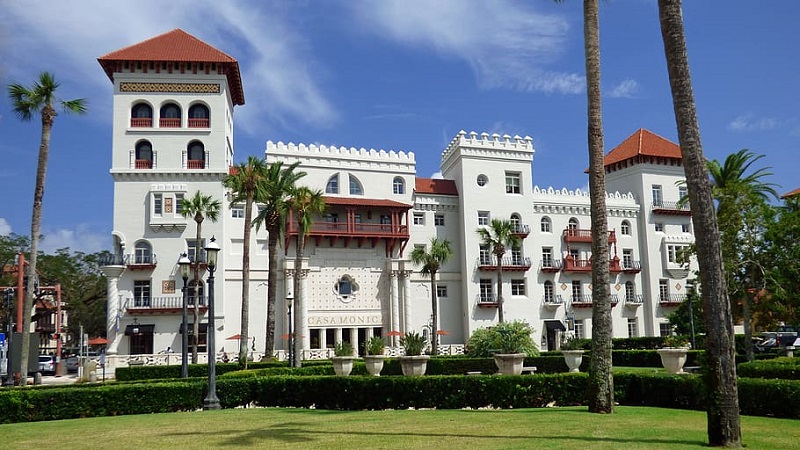
Pedro Menendez de Aviles created St. Augustine, the oldest continuously inhabited city of European origin in the United States, in 1565. But Ponce de Leon, who conducted the first exploration of the region in 1513, gave Florida the name “La Florida” in honor of the numerous flowering plants he discovered.
In 1564, a Huguenot named Rene Goulaine de Laudonniere investigated the region. In the end, he built Fort Caroline farther north, close to modern-day Jacksonville.
St. Augustine was situated close to the Timucuan village of Seloy and was named after Saint Augustine of Hippo, the patron saint of Menendez’s native Aviles, Spain.
Menendez soon erected a fort to safeguard his troops and supplies. Where the Fountain of Youth Archaeological Park is now located, the fort’s remnants have been discovered.
In 1566, the first person of European ancestry was born, 42 years before the founding of Jamestown and 42 years before Roanoke. 13 years before the first Africans were brought into slavery in Jamestown, the first black infant was born and birth was officially recorded in 1606.
Native Americans, the French, and the British regularly invaded, looted, destroyed, and pillaged St. Augustine during the 1500s and 1600s. Castillo San Marcos was built by Spain in 1672 to help defend the city. Two miles to the north, the Spanish authorities built Fort Mose, which was the first free town for former slaves.
Pensacola, 1822
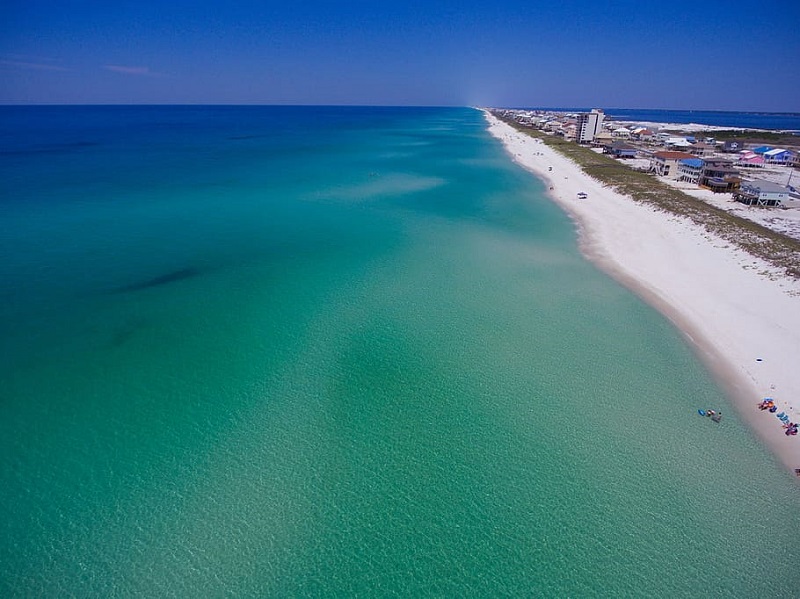
Pensacola was founded in the same year as St. Augustine and it is the second oldest city in Florida. Although St. Augustine is frequently referred to as “the oldest continuously inhabited European settlement in the US,”
Pensacola was the first extended European settlement in the continental United States. Four years before St. Augustine was colonized, the community, founded in 1559, was abandoned in 1561.
No indigenous people were living in the region where Pensacola is present. Native tribes did, however, have access to the region’s hunting and fishing resources. About 40 miles east of Pensacola is where the nearest native settlement could be found.
The tribes resided close to waterways and mostly traveled by dugout boat in this region and up to their ceremonial centre around Mobile, Alabama.
Exploration of the panhandle may have occurred as early as 1516 when Diego Miruelo sailed into Pensacola Bay. In 1528 and 1539, respectively, Panfilo de Narvaez and Hernando de Soto’s expeditions traversed the region.
Tristan de Luna y Arellano arrived in Pensacola Bay in August 1559 with 11 ships and 1500 passengers. A hurricane destroyed the fledgling community about a month later. Supplies were ruined, and six ships sank.
Before heading back to the ocean, many of the survivors spent many months moving inland into central Alabama. But after two years, they left the settlement. For the next 140 years or so, Spain disregarded the northern Gulf Coast.
Tallahassee, 1824
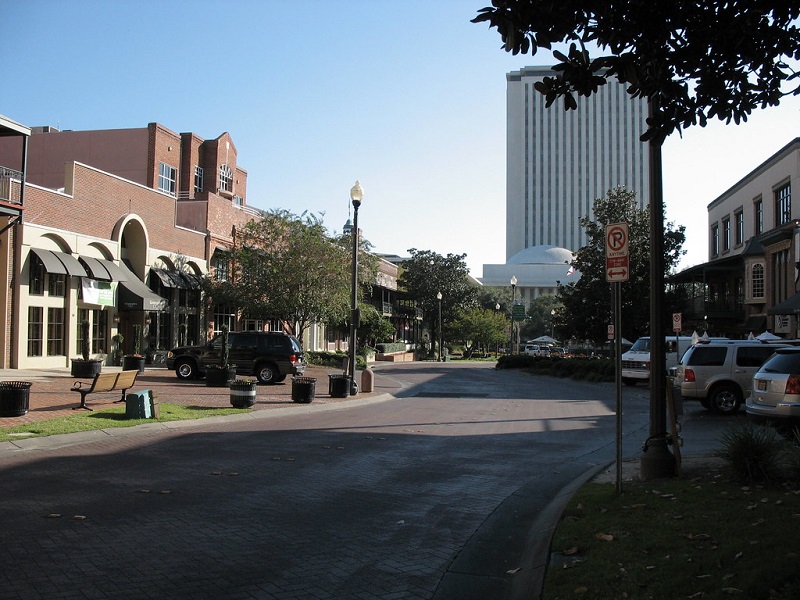
For 10,000 years, Native Americans have been residing in the hills surrounding Tallahassee. The community that formally stood where the Florida capitol is now home to close to 30,000 people.
One of the tribes who inhabited this area was the Apalachee, who traded ceramics as far north as the Great Lakes. Like many of the other indigenous tribes of Florida, they built temple mounds as well.
Most of the native tribes had vanished by the 1700s due to sickness or conflict. The Muskogean word for “old field” or “old town” is where the name “Tallahassee” originates.
The two oldest and largest cities in Florida, St. Augustine and Pensacola, were chosen by the legislature as the territory’s capital when Florida became a US territory in 1821. Sending a rider west from St. Augustine and a rider east from Pensacola helped to pinpoint the spot.
The Old Spanish Trail, a route built by the Spanish between the two cities, was used by both riders. They congregated at or close to the old Indian village, where they erected the capital.
Large landowners like General Marquis de Lafayette and Prince Achille Murat, the nephew of Napoleon Bonaparte, were brought in by the Lafayette Land Grants of 1825.
The employees went to New Orleans when several of these early plantations collapsed. Some stayed behind and established what is currently referred to as French town.
Tallahassee was a rather lawless place in the beginning. Tallahassee, in the words of Ralph Waldo Emerson, is “a grotesque place of land speculations and desperados.” But by 1837, the town was expanding thanks to the Tallahassee Police Department and the plantation industry.
Monticello, 1859
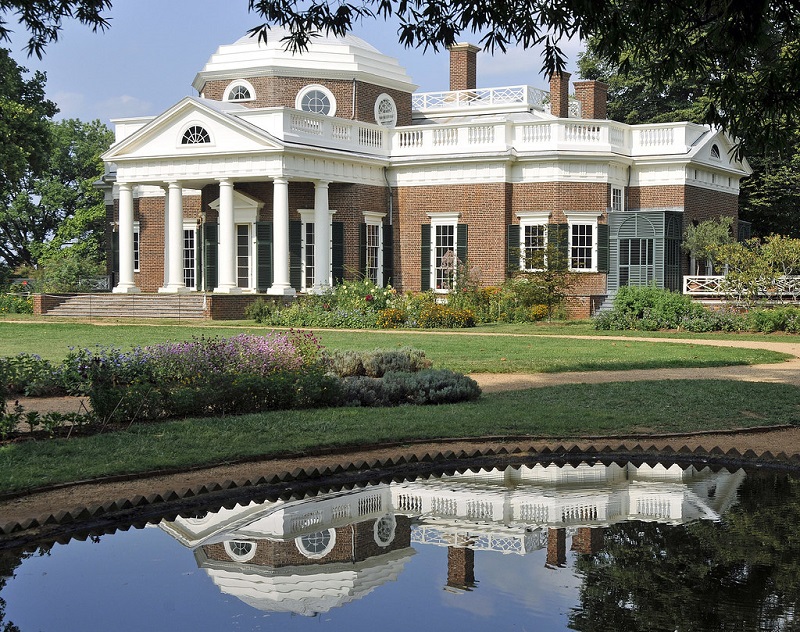
Despite being the county capital of Jefferson County, Monticello is a small town in Florida’s Big Bend with less than 5,000 residents. Additionally, it is Jefferson County’s sole incorporated municipality.
Human habitation along the Aucilla River in Jefferson County dates back more than 10,000 years, according to the Aucilla River Prehistory Project (ARPP).
When Panfilo de Narvaez’s expedition passed through an Apalachee town in 1528, it was the first time that Europeans had ever been in the region.
The English ruler of the Carolinas demolished five Franciscan missions that had been established here in the 17th century. After that, the area was inhabited by the Miccosukee, a group of Creeks who subsequently changed their name to Seminoles.
In the early 1800s, American settlers purchased land in Monticello to grow cotton and lumber. Robinson’s Post Office was renamed Monticello shortly after becoming Jefferson County’s county seat.
The community saw numerous setbacks, beginning with the departure of many of its residents to participate in the Seminole Wars and continuing with the demise of the Union Bank.
The town’s misfortune persisted after the railroad decided to bypass it in favour of Aucilla, three miles to the south, and was ultimately destroyed by debt incurred after the Civil War.
Port Orange, 1867
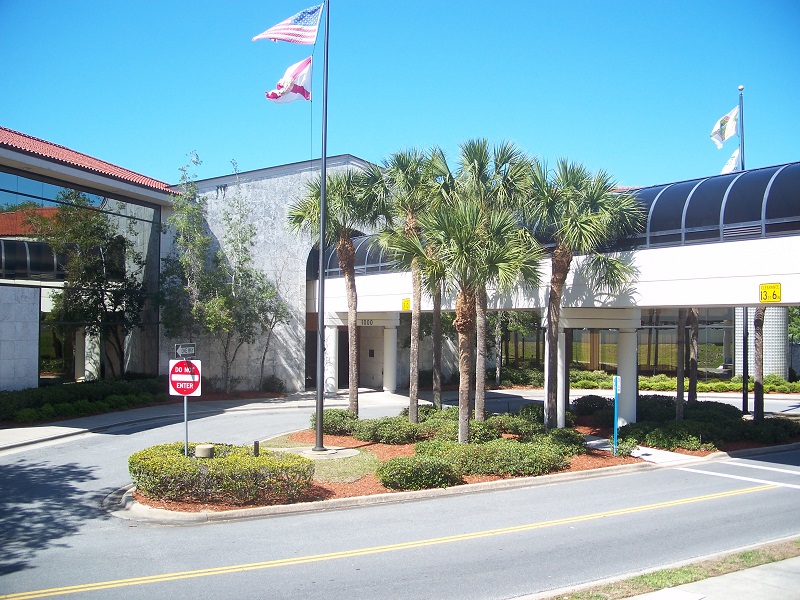
Port Orange, a city on Florida’s Atlantic Coast about south of Daytona Beach, was founded on a plantation by emancipated slaves. Patrick Dean got a land grant from Spain in 1804 and became the first person to settle in this region. On the 995 acres, he built the Dunlawton Plantation.
Following Dean’s passing in 1832, Sarah Anderson purchased the property and gave the expanding community around it the name Dunlawton. However, twice during the Seminole attacks during the Second Seminole Indian War, the plantation was destroyed by fire.
Even though the region was largely abandoned until after the Civil War, the sugar mill has survived and is still standing.
Dr Milton Hawks brought 500 freed slaves to Port Orange to work at his timber mill in 1866. Only nine African American families remained after the mill and town failed in 1869. Their community was known as Freemanville informally.
Years after it was formally incorporated into Port Orange, the only trace of the original communities, aside from the sugar mill, is the Mount Moriah Baptist Church.
Ocala, 1868
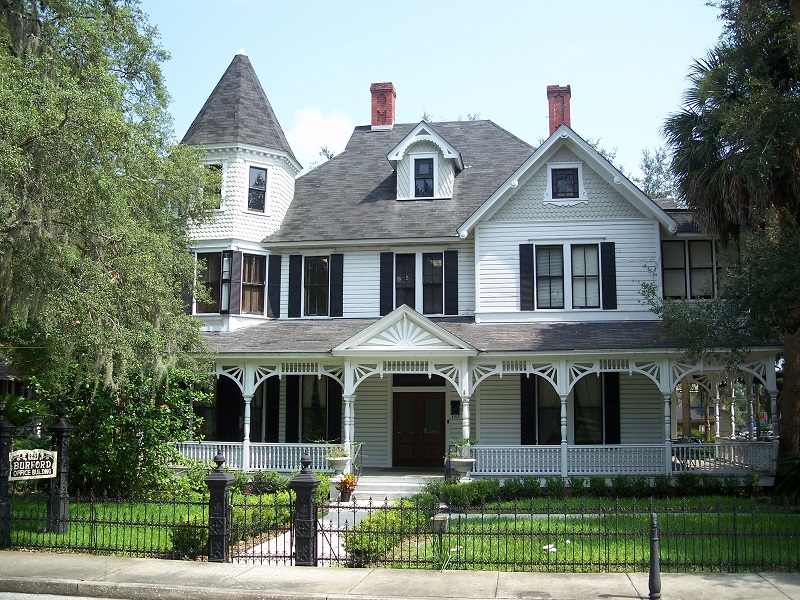
Ocala, sometimes known as Ocali or Ocale, was a significant Timucua village located near present-day Ocala and is considered as one of the oldest cities in Florida. The Timucuan word for the name is “big hammock.” The region was inhabited from 6,500 BC to the mid-1500s, according to archaeological data.
Following de Soto’s attack in 1539, it appears that the area was left in ruins. It was once again colonised probably in the 1600s, but in 1715 it was raided by Yamassee Indians and soldiers from the Carolinas.
Before Florida was ceded to the United States in 1821, land grants from Spain allowed non-native colonization to start. Fort King was built by the US Army in 1827, and Marion County made it the county capital in 1844.
A short time later, Ocala, which had a city square, courthouse, post office, and newspaper, was platted west of Fort King.
Gainesville, 1869
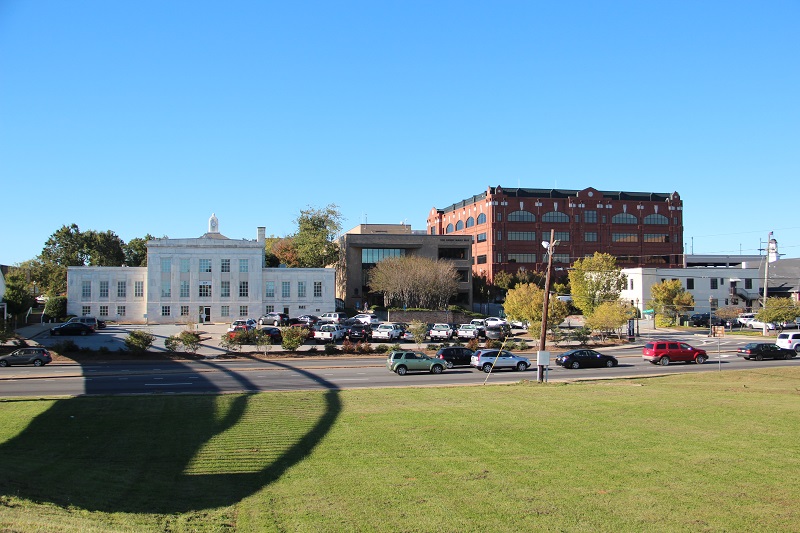
Gainesville’s history goes back much further than the year of incorporation, however, it is best known today for the University of Florida. The city is surrounded by several lakes and rivers, including Paynes Prairie, which during periods of intense rain transforms into a lake.
Not surprisingly, a variety of indigenous cultures have exploited this region for thousands of years. We are aware that this region was home to the Deptford civilization (2500–100 BC), which eventually changed its name to the Cades Pond civilization.
In the seventh century, the Alachua culture drove these people out of their homes. Several Alachua settlements in the region were connected by forest pathways. These developed into the Timucua chiefdom of Patano.
Longwood, 1875
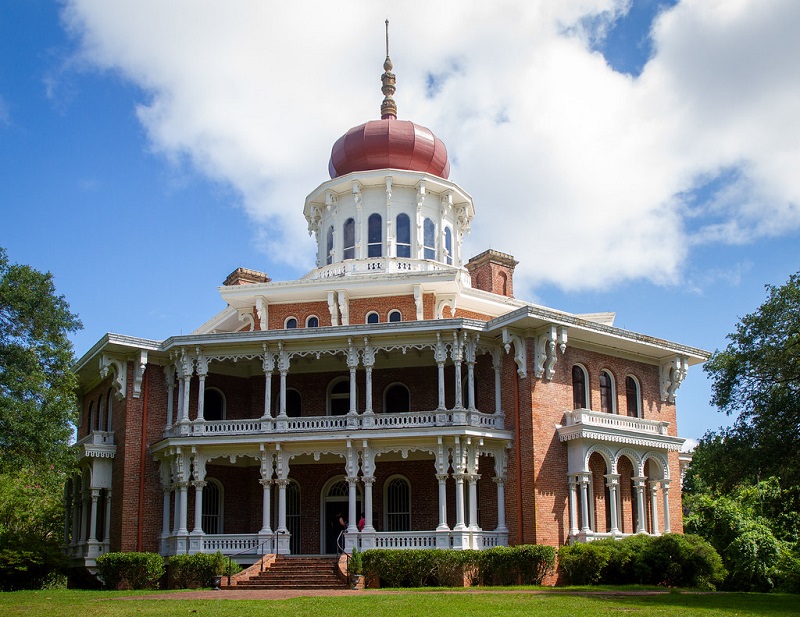
Longwood, one of the oldest cities in Florida is now a suburb of the Orlando metro region, was initially populated in 1873 when Tennessee native John Neill Searcy and Bostonian Edward Warren Henck were granted homesteads there.
The Hartleys were the only other family present. In honor of a Boston neighborhood that he helped plan as a young engineer, Henck gave the settlement the name Longwood.
Longwood served as a sort of gateway for other early settlers in Florida. For instance, Peter Demens first resided in the Longwood region; St. Petersburg, which is close to Tampa, is named after Demens’ native Russian city.
Other early settlers included well-known figures like Henry Plant, who acquired Henck’s majority interest in the South Florida Railroad. Plant later built hotels and railroads all over Florida’s Gulf Coast.
Leesburg, 1875
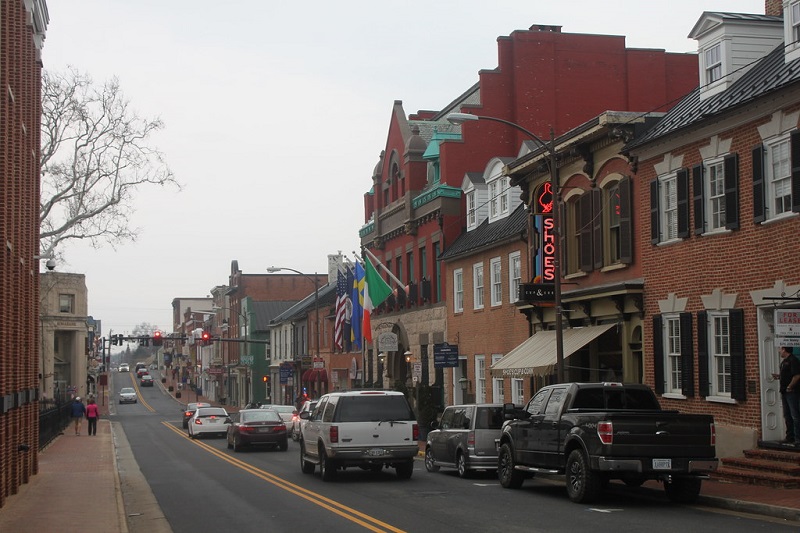
The Robertson family made their initial abode in the Leesburg region around 1842 or 1843, which is situated in central Florida north of Orlando. The family returned to Moss Bluff, which is close to modern-day Ocala, eleven years later.
In 1857, Evander Lee bought the Robertson property and relocated his wife and eight kids there. Calvin, though, who is Evander’s brother, was the one who gave the settlement the name “Leesburg”. When asked where to send supplies for a trip to New York, Calvin responded, “Leesburg in Florida.”
The Lee brothers were soon joined by other families. Leesburg gained a reputation for having moderate winters, a vast network of lakes, and rivers and stunning scenery.
Within 20 years of Evander’s arrival, Leesburg had a variety of churches and schools, a newspaper, shops, offices, and even an opera theatre for its citizens.
Orlando, 1875
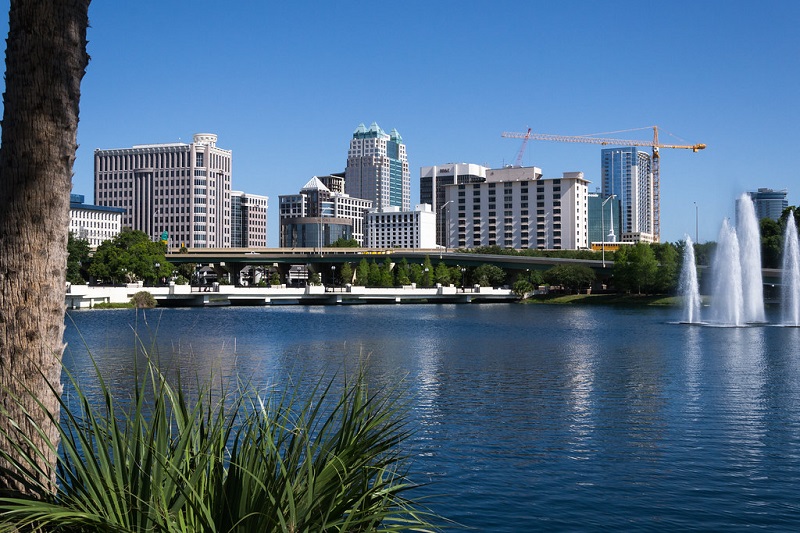
Orlando began to play a significant role in society in the 1820s and is best recognized today as the world’s capital of theme parks. Just south of modern-day Orlando, the first community, known as Jernigan, sprang up around Fort Gatlin.
During the Seminole-Indian War, the US Army built the fort to defend settlers from Indian incursions. Sounds quite innocent, doesn’t it? The story is not over, though.
There is no proof that any of the Native American tribes that erected settlements around Florida, including in the Orlando region, ever actually lived there. Despite this, a Seminole reservation was established in central Florida, including modern-day Orlando, by the Treaty of Moultrie Creek in 1823.
Seven years later, the Indian Removal Act authorized the removal of Seminoles to Oklahoma. That authority didn’t sit well with the Seminoles. The US Army constructed Fort Gatlin during the Second Seminole War, which started at that point.
Orlando’s population skyrocketed following its incorporation in 1875. The Great Freeze of 1894–1895, which destroyed the citrus trees, turned it become the centre of Florida’s citrus industry.
Up until Walt Disney started purchasing swamp acreage in the 1950s and 1960s, Orlando remained a small town. The rest is history in theme parks.
Sanford, 1877
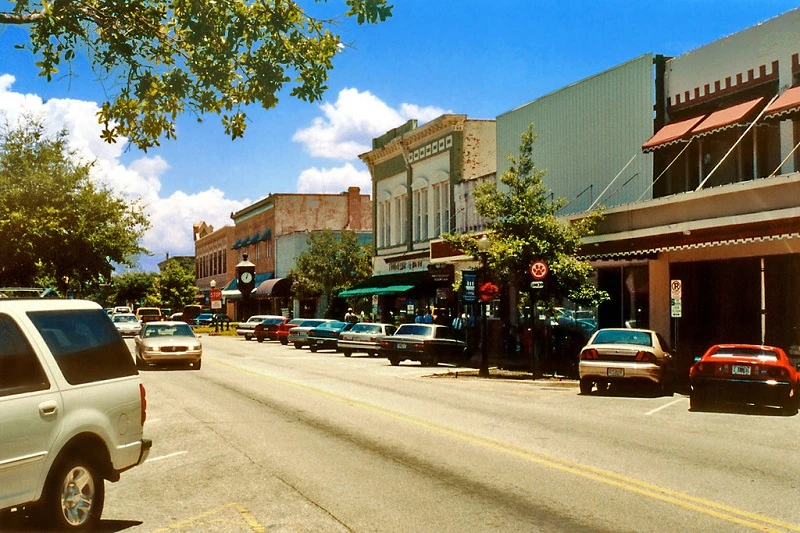
The Myaca or Jororo Indians lived in the area around Lake Monroe before the arrival of the Europeans. The Seminoles later inhabited the lake’s beaches. In response to the Seminole Wars, the US Army built Cape Monroe, an army station, which was later reinforced and given the name Fort Mellon.
Around the fort, Mellonville expanded in the 1840s and 1850s. But Sanford, founded in 1870 on 12,000 acres west of Mellonville, ended up being the community that endured. Six years later, Sanford annexed the older town.
The railway and agriculture were two key factors in Sanford’s development. The town was the world’s biggest exporter of oranges by 1883. Farmers varied their crops after the devastating cold of 1894–1895. Many now refer to Sanford as “Celery City”.
Conclusion
The oldest cities in Florida serve as a testament to the state’s fascinating and distinct past. These were some of the earliest American settlements and later developed into Florida’s historic towns.
Florida is a young state at heart, rarely showing off its many accomplishments throughout the years, even though its oldest city dates back to the 1500s.
